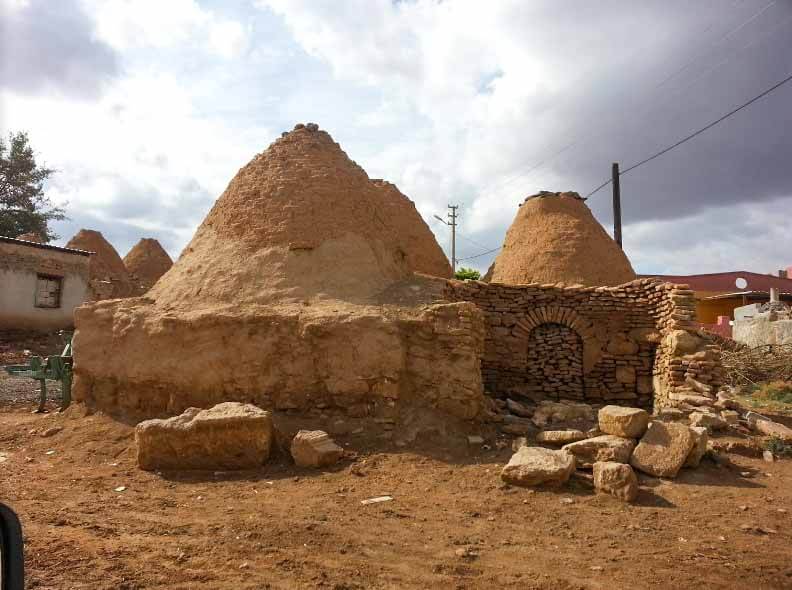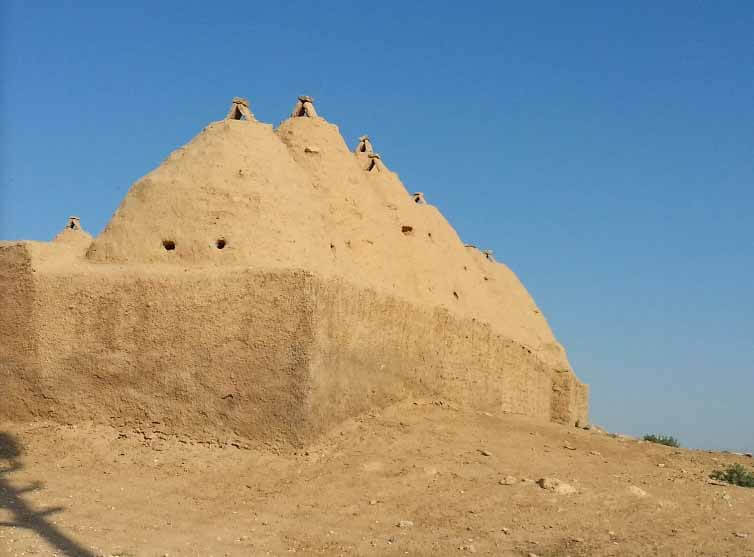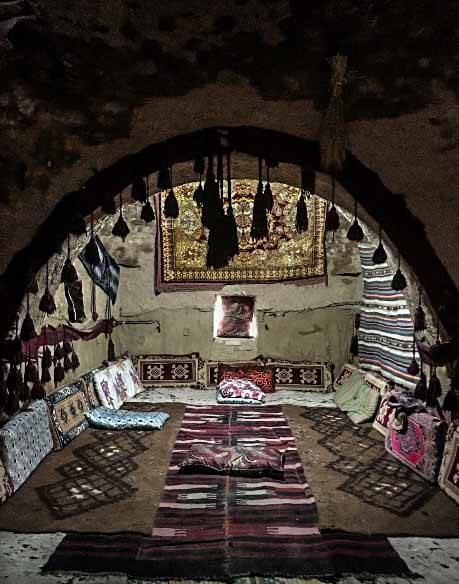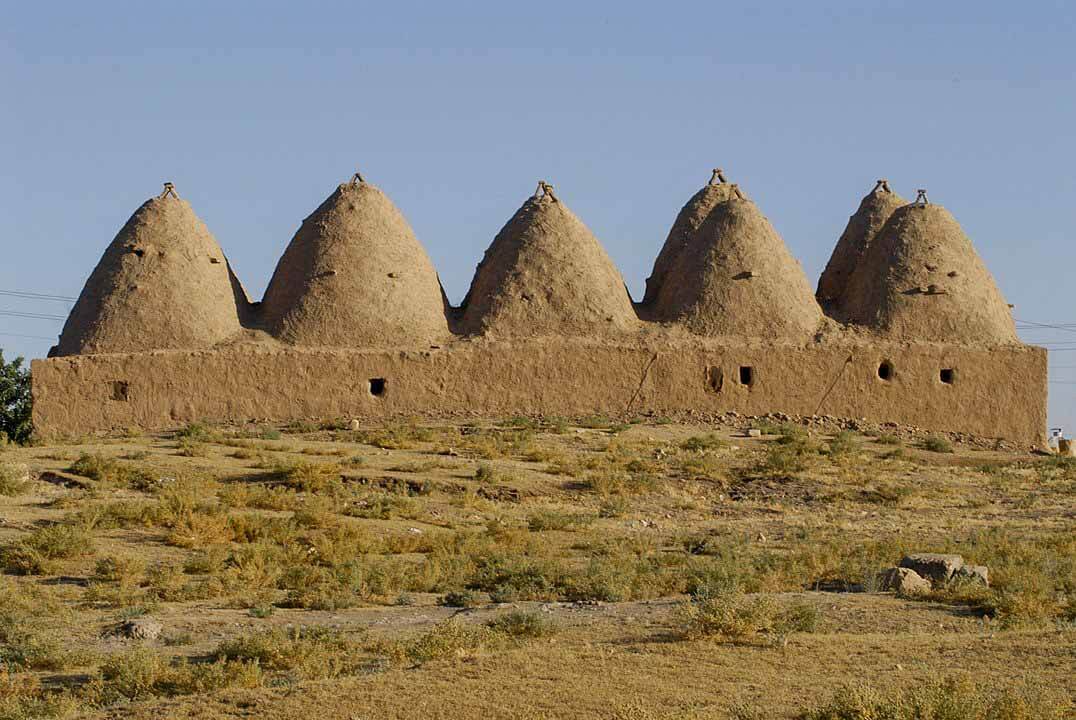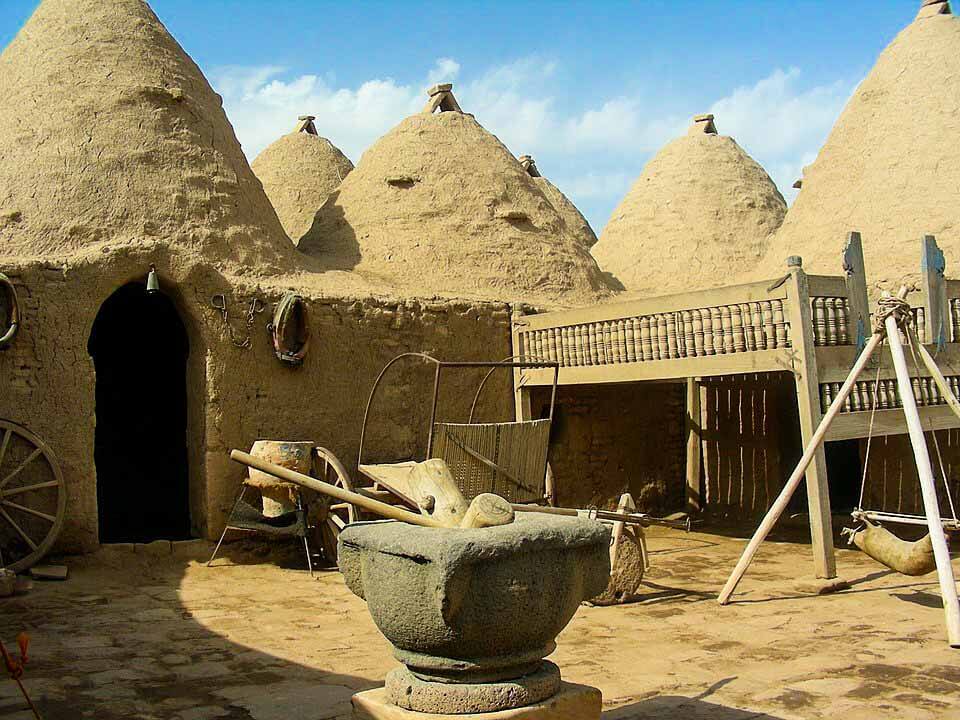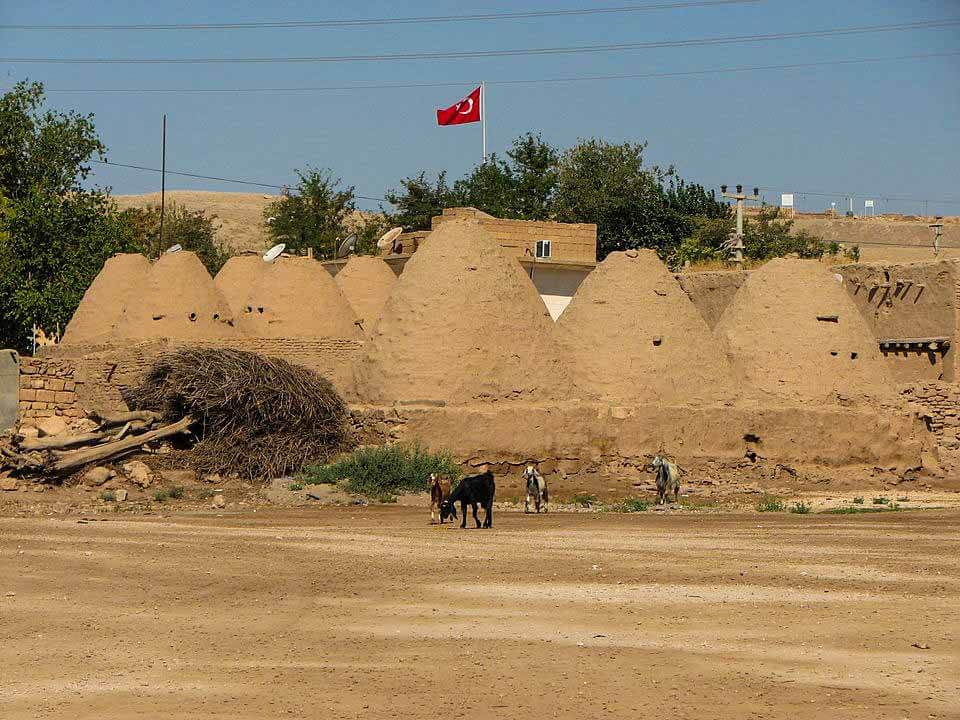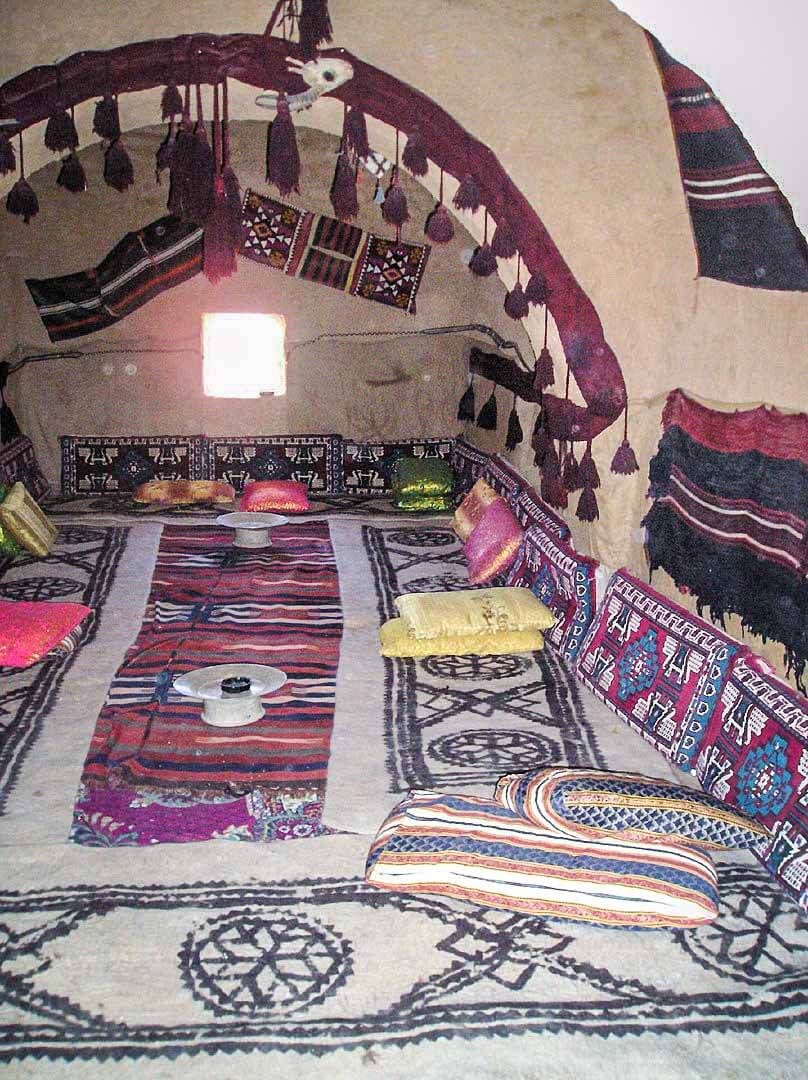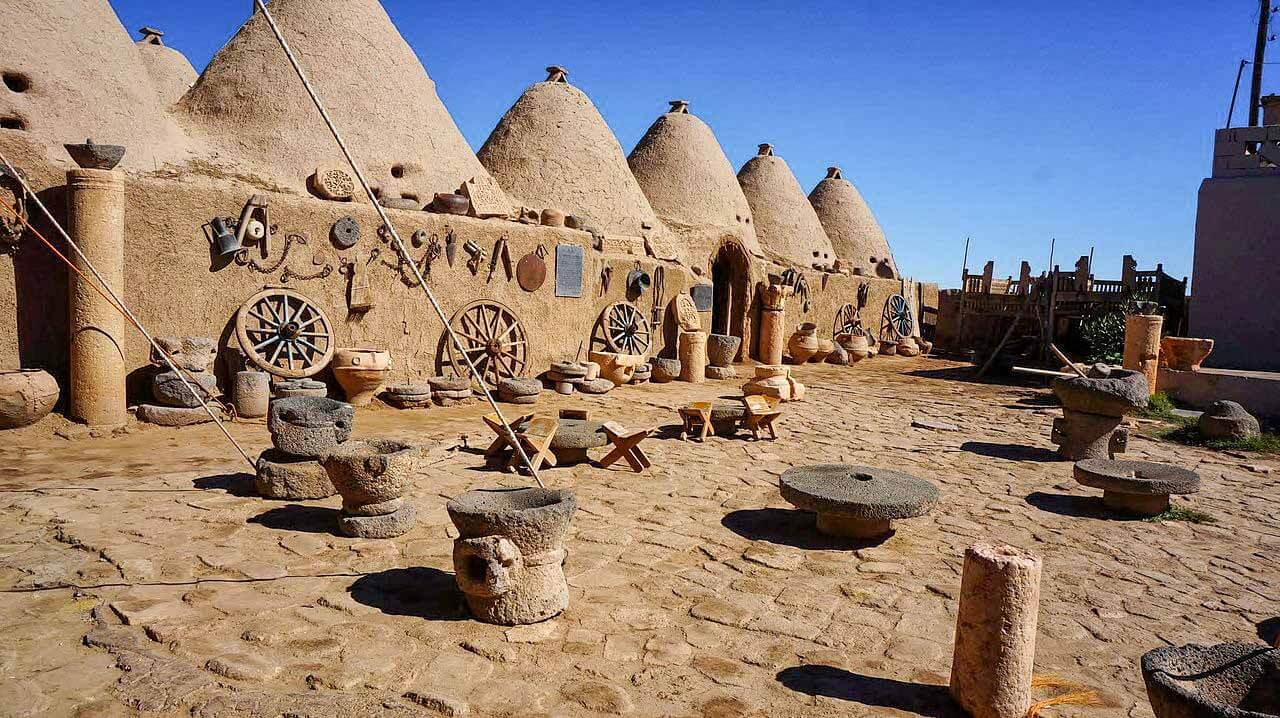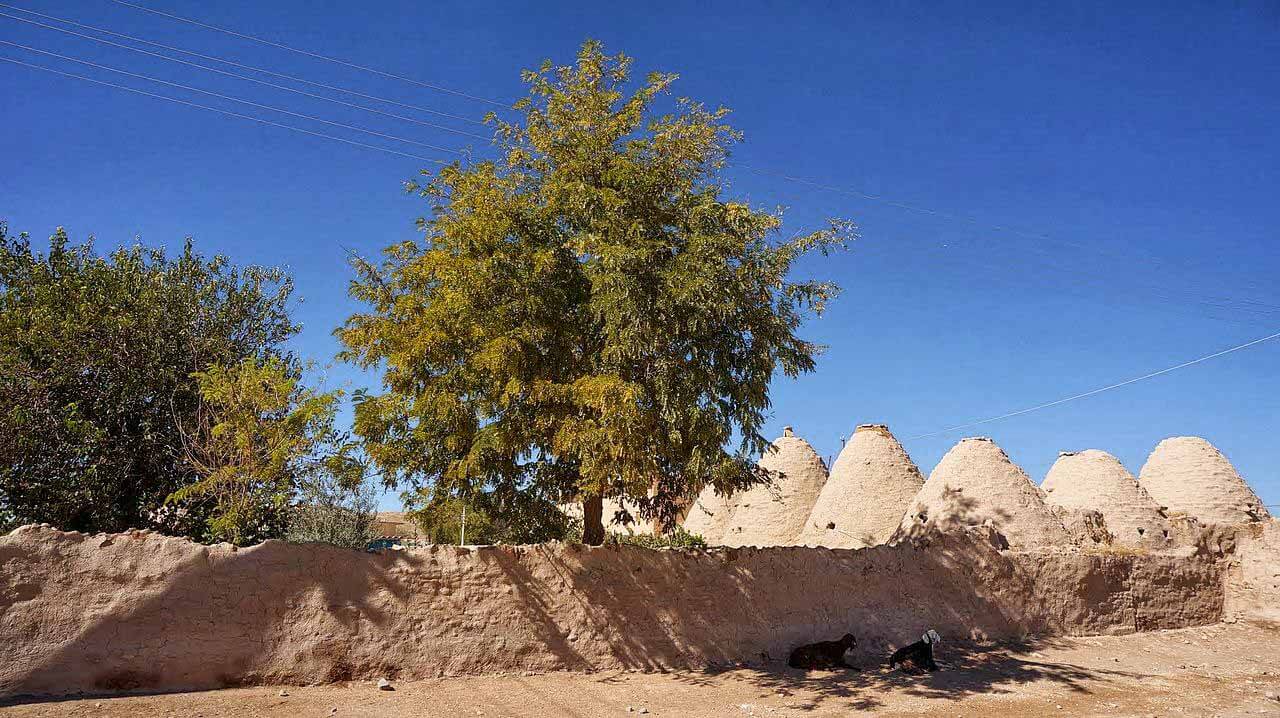Harran, Turkey
Coordinates: 36.864785, 39.031485
Probably the most striking feature of Harran, the village, are the beehive type structures built of mud and hay and cow dung.
This is an architectural tradition that is at least 3,000 years old. Made entirely of mud or clay bricks, these buildings are designed to fence off searing heat and retain cool air.
The dome-like structure topped with an opening is also functional, as hot air collects in the upper part of these houses and escapes through the aperture.
Some people still live in these structures, though many have been converted into stables.
Some are on the verge of collapsing.
There are people living in a beehive house for the past 40 years. One house itself is said to 260 years old. The homes are warm in the winter and cool in the scorching heat of the summer.
There are around 380 such houses in Harran, with a population of some 10,000; a mixture of Turks, Kurds, but mostly ethnic Arabs.
Others around the World
Early European settlers in the Karoo region of South Africa built similar structures known as corbelled houses.
Beehive houses are some of the oldest known structures in Ireland and Scotland, dating from as far back as around 2000 BC and some were still being built as late as the 19th century in Apulia.


